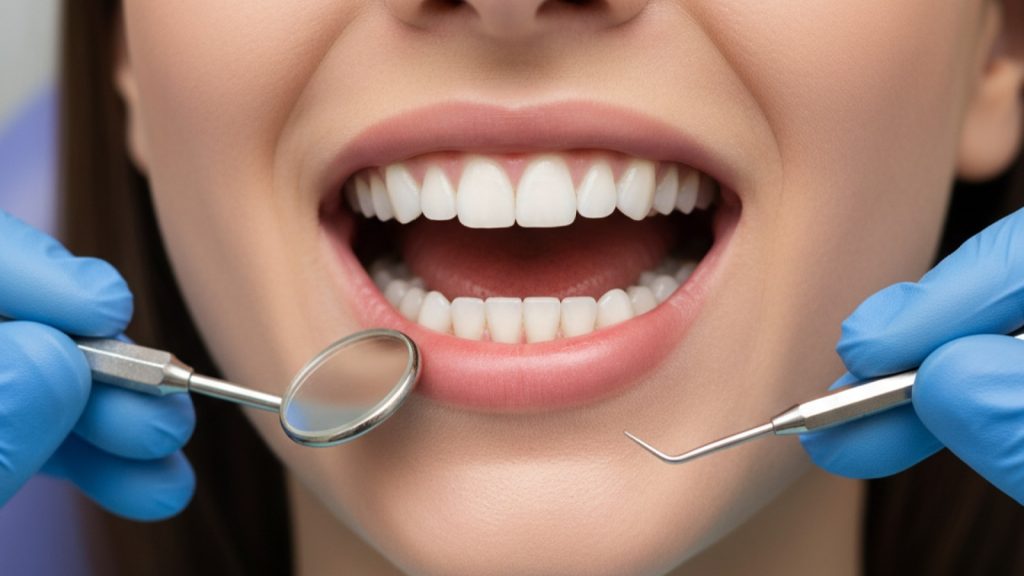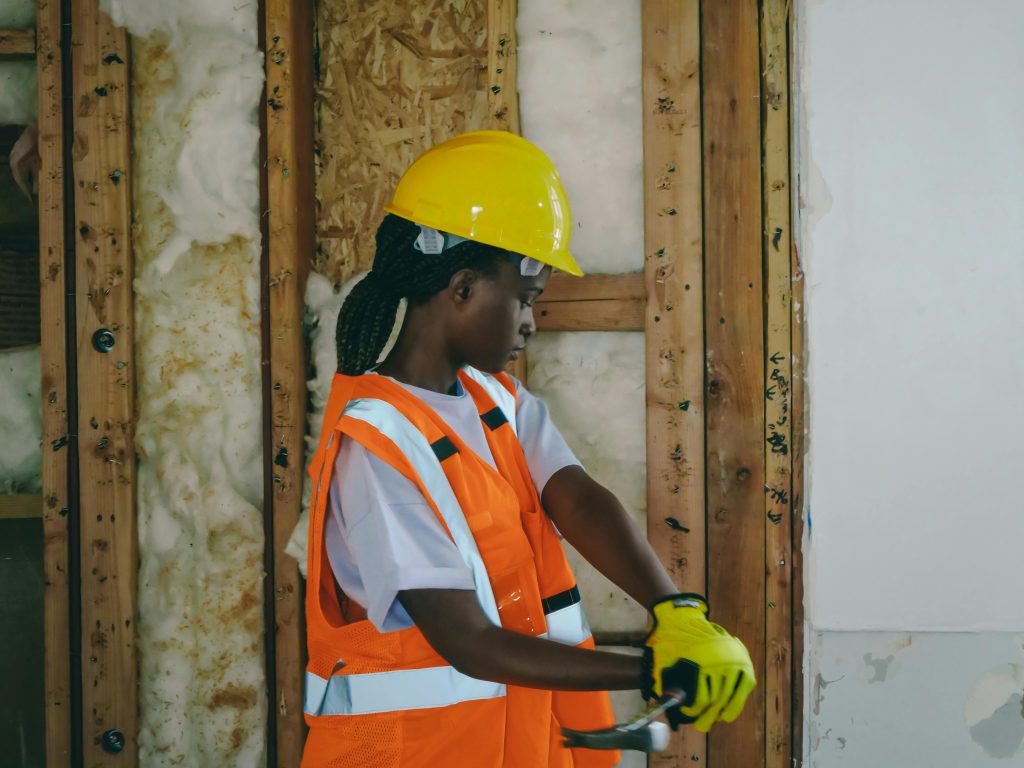Autism Spectrum Disorder (ASD) is a developmental complication of a neurodegenerative nature associated with difficulties in interacting, communicating, and behavior. Although there is no accurate cure, different remedial procedures target improving the quality of life as well as the functioning of the individual with autism.
In this article, the synergistic potential of behavioral autism treatment combined with stem cell treatment is explored.
Understanding Behavioral Therapy in Autism
Alongside stem cell autism treatment, behavioral therapy is key. Behavioral therapy, especially Applied Behavior Analysis, is the most accepted and evidence-based treatment of Autism. ABA uses positive reinforcement to promote wanted behaviors and minimize unwanted behaviors.
Other behavioral approaches include:
- Cognitive Behavioral Therapy (CBT) – Has the intent of changing maladaptive thought styles.
- Pivotal Response Treatment (PRT) – Uses “pivotal” areas such as motivation, so as to produce global improvements.
- Early Start Denver Model (ESDM) – It is a type of play therapy for young children with autism.
Goals of Behavioral Therapy:
Improve communication and social interaction.
- Take additional skills to daily living and academic settings.
- Decrease problematic behaviors such as aggression or self-harm.
- Promote independence and adaptive functioning.
Key Features:
- Individualized: Designed for the individual’s specific needs and development level.
- Data-driven: And progress is measured constantly to allow strategies to be adjusted.
- Intensive: Involves 20–40 hours a week of therapy in young children.
- Family-focused: Parents are taught to support lessons given at home.
Overview of Stem Cell Therapy for Autism
Stem cell therapy is an experimental procedure becoming known for its ability to correct the biological causes of autism. Rather than behavioral therapy, which will affect changes in the ways people interact with elements of their environments, stem cell therapy will attempt to fix or alter internal physiological malfunctions.
MSCs collected from umbilical cord tissue or bone marrow are assumed to possess immunomodulating and neuroprotective efficacy. A number of clinical studies have investigated the transfusion of those cells using intravenous or intrathecal methods to stimulate repair of the nervous system and suppression of inflammation in the brain.

Synergistic Potential: Why Combine the Two?
1 out of 36 children is on the autism spectrum. The combination of behavioral therapy and therapy involving stem cells is a multipoint strategy for the intervention of both mind and body.
Potential Synergistic Effects:
- Biological readiness: Stem cells can improve brain function, thereby making behavioral therapy results better.
- Behavioral reinforcement: Behavioral therapy helps to maintain and enhance the benefits of stem cell treatments.
- Faster progress: Combined treatment may speed up learning and development.
- Holistic care: Covers various factors of autism, from inflammation to social functioning.
Why This Matters:
- Autism is heterogeneous and unequal, whereby people respond differently to different remedies.
- A dual approach recognizes the complexity of the condition.
- It can enhance long-term outcomes and improve the burden on caregivers.
Designing a Dual‑Modality Treatment Plan
Design of a strong treatment plan involves collaboration between medicine and behavior experts, such as those at Swiss Medica.
Steps to Develop the Plan
Comprehensive Assessment:
- Developmental testing.
- Medical evaluations (including immune function).
- Behavioral assessments.
Treatment Sequencing:
- A stem cell therapy can occur prior to elaborate behavioral therapy.
- Or, the two can be taken together.
Therapy Customization:
- Post-stem cell intervention revises behavioral strategies.
- Follow the transformation and modify the therapy goals.
Family Involvement:
- Train parents how to use behavioral strategies at home.
- Inform them how to care after treatment and observation.
Team Collaboration:
- There should be regular communication between physicians, therapists, and case managers.
- Monitor progress by means of joint case reviews and shared data.
Practical Considerations
Putting a dual-modality treatment plan into operation presents real challenges to families and practitioners.
Accessibility Issues:
- A small number of clinics are available for stem cell therapy.
- The majority of facilities overseas create travel and legal issues.
Financial Considerations:
- Stem cell therapy: Can cost between $10,000 – $50,000 or more.
- Behavioral therapy: Ongoing and, for the most part, subsidized by insurance.
- Combined cost: Could become prohibitive without financial support or clinical trials.
Logistical Challenges:
- Organizing and coordinating two intense treatments.
- Providing contiguous engagement, particularly for the younger children.
- Monitoring improvement in several fields and areas.
Parental Responsibilities:
- Research the providers of therapy and check their credentials.
- Keep track of symptoms and counselling sessions, along with improvements made.
Since effectiveness will ultimately depend on their treatment, they are to be provided with emotional and logistical support during treatment.
Challenges, Limitations, and Future Directions
Although providing a great promise of future collaboration, the integration of behavioral and stem cell therapies has yet to see a breakthrough in development. Scientific validations of Stem cell therapy for autism continue, and there are many doubts on the best kind of stem cells to use, the mode of administration, treatment regimens, and long-term effects.
The future is bright, however. Research activities have shifted towards defining standardized treatment protocols, determining biomarker responses to therapy, and infusing personalized medicine approaches to autism care.
In Summary
A combination of behavioral therapy and stem cell therapy is an emerging horizon of autism treatment. As a dual approach that targets behavioral as well as biological factors, this dual approach provides a comprehensive route to better outcomes for members of the spectrum.
Key Takeaways:
- Behavioral therapy is the development of essential life skills.
- Stem cell therapy could fix hidden biological malfunctions.
- A forceful synergy of the two can rewrite autism care.
- Constant studies and clinical improvement are necessary to actualize this potential.
Allowing families to wait, hopefully, in the future, we may have autism intervention, which is not only more effective, but also more individualized and holistic.





















